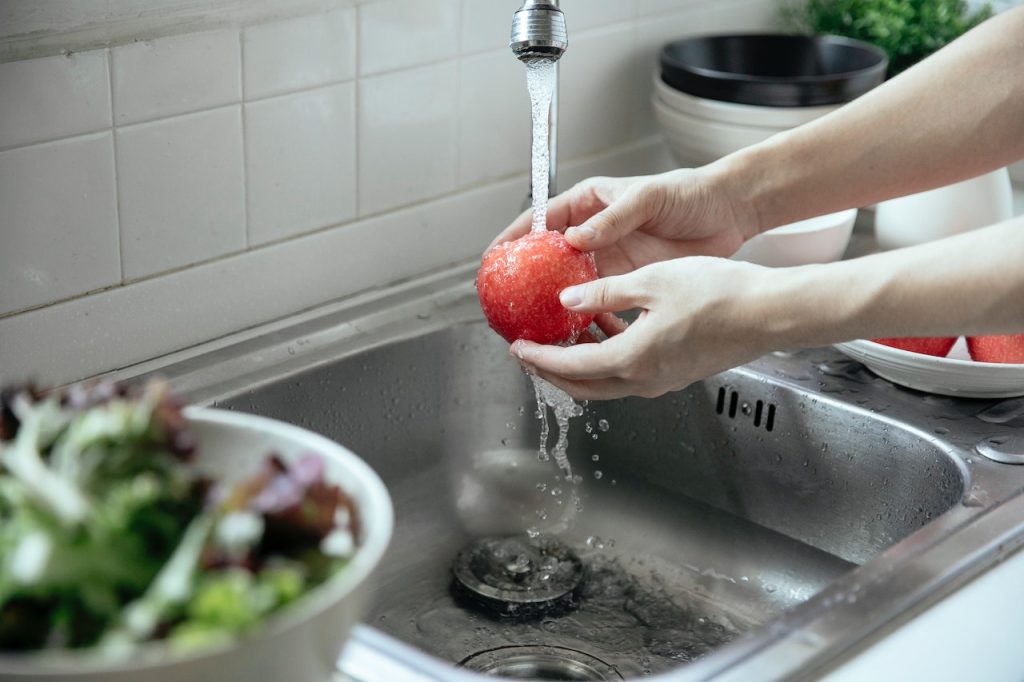
Clean and safe drinking water is a fundamental necessity for every individual’s health and well-being. However, in recent years, concerns about lead contamination in tap water have prompted a closer look at the quality of our water sources. This article delves into the importance of ensuring your tap water is free from lead and discusses the methods available to guarantee its safety.
The Threat of Lead in Tap Water:
Lead is a toxic metal that can enter drinking water through various sources, such as old plumbing systems, lead pipes, and lead-containing fixtures. Even low levels of lead exposure can have serious health implications, especially for children, pregnant women, and the elderly. The effects of lead exposure include developmental delays, cognitive impairments, and other long-term health issues.
Regular Testing for Peace of Mind:
One of the most effective ways to ensure the safety of your tap water is through regular lead testing. Public water utilities often conduct tests to monitor lead levels, but homeowners can take extra precautions by testing their water independently. DIY lead testing kits are available, making it convenient to check for lead contamination in your drinking water. These kits are easy to use and provide reliable results, giving you the peace of mind that comes with knowing the quality of your water.
Identifying and Addressing Lead Sources:
If a lead test reveals elevated levels of lead in your tap water, it’s important to identify and address the sources of contamination. This might involve replacing lead pipes, installing filters designed to remove lead, or seeking professional plumbing assistance. By pinpointing the sources and taking corrective measures, you can significantly reduce the risk of lead exposure to yourself and your family.
Protecting Vulnerable Populations:
Children, pregnant women, and the elderly are particularly vulnerable to the effects of lead exposure. Ensuring lead-free tap water becomes even more critical when these groups are involved. Pregnant women need lead-free water to support the healthy development of their unborn children, while children require safe water to prevent potential cognitive and behavioral issues.
Advocacy for Public Health:
While individual efforts are crucial, advocating for lead-free tap water on a larger scale is equally important. Communities can come together to request regular lead testing from local water authorities, ensuring consistent monitoring of water quality. Pushing for stricter regulations and guidelines regarding lead content in plumbing systems and fixtures can lead to safer water sources for everyone.
Conclusion:
Safe tap water is a shared responsibility that begins with individual awareness and proactive measures. Regular lead testing empowers individuals to take control of their water quality and protect themselves from potential health risks associated with lead exposure. By prioritizing lead-free tap water, we contribute to the overall well-being of our families, communities, and future generations.
Reference Link: https://www.cdc.gov/niosh/topics/lead/preventconstruction.html
